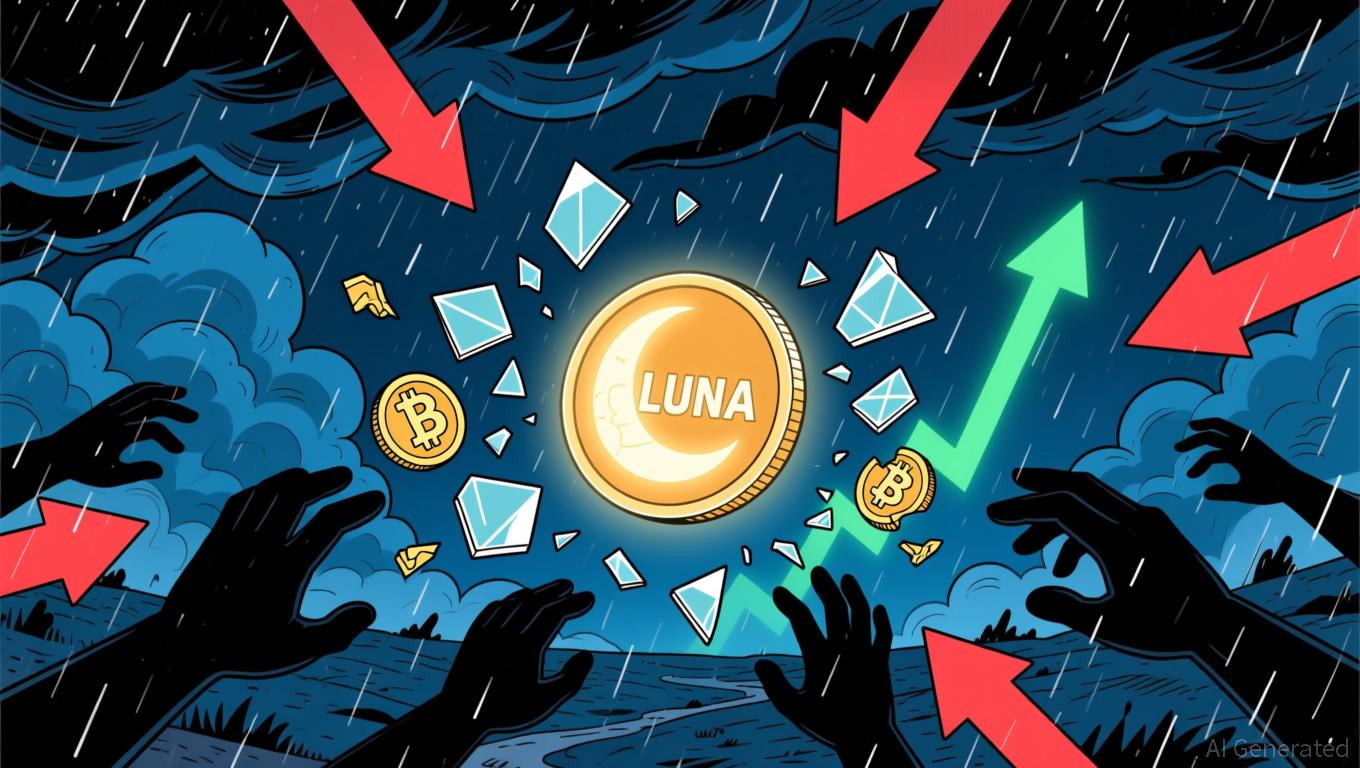As DATs Face Pressure, Institutions Could Soon Look to BTCFi for Their Next Strategic Shift
Digital asset treasuries (DATs) were among the most visible corporate phenomena of the last bull cycle. Built on the premise that holding bitcoin BTC$84,750.04 on the balance sheet was itself a value-generating strategy, many attracted strong market premiums simply by accumulating BTC faster than competitors.
But as valuations normalize and net asset values (NAVs) tighten, DATs are discovering that passive exposure may no longer be enough.
"There’s been this collective realization as NAVs start to squeeze," Matt Luongo, co-founder and CEO of Bitcoin finance platform Mezo, told CoinDesk in an interview. "Most of them don’t actually have an edge over anyone else in buying bitcoin — you can go do that yourself. Now they need to earn yield and deploy strategies retail might not know about yet."
Some DATs that boomed into public markets now face a different environment: one in which investors increasingly expect operational performance or revenue generation, not just BTC appreciation. Even corporate bellwethers of bitcoin strategy have faced similar pressure. Across the category, the argument that simply holding bitcoin is no longer the full business model has strengthened.
Brian Mahoney, Mezo’s co-founder, adds that DATs also face a narrative constraint. "These companies want the yields that exist in ecosystems like Ethereum or Solana, but they can’t go there," he said. "It’s a violation of the story they’ve told shareholders. You can’t claim to be a Bitcoin-native treasury while earning your yield from ether ETH$2,755.69 staking."
A new institutional question: what can Bitcoin do?
Anchorage Digital, the federally chartered crypto bank that serves institutions from hedge funds to public companies, is seeing a shift in the kinds of questions clients are asking.
"If all you want is price exposure, there are plenty of ways to get that," Anchorage Digital CEO Nathan McCauley said in an emailed comment. "But institutions increasingly want their bitcoin to be productive — to earn rewards, unlock liquidity, or serve as collateral. They want infrastructure that lets them interact with the Bitcoin economy directly, securely and in full compliance."
Through Anchorage’s self-custody wallet, Porto, clients lock up BTC to earn on-chain rewards or borrow against their holdings. "We’re enabling institutions to put bitcoin to work without selling it, without moving into unregulated environments, and without compromising on custody," McCauley said.
The growth of BTCFi — from around $200 million in total value locked last October to a peak of around $9 billion in early October — reflects rising interest, but McCauley notes it’s still "a drop in the bucket compared to the total bitcoin supply."
Early patterns of adoption
McCauley sees three categories of institutions emerging as early adopters: hedge funds and multi-strategy firms seeking directional yield; asset managers and DATs holding significant BTC reserves; and crypto-native funds that want BTCFi access without building their own infrastructure.
Across these groups, he sees consistent demands: "predictable economics, clear collateral mechanics and fully explainable risk." The first offering via Porto — borrowing against BTC at a fixed rate on Mezo — fits that profile, with staking to follow, he said.
The coming inflection point
The next 12–24 months may mark a meaningful acceleration in BTCFi participation if several structural pieces fall into place.
"The inflection point arrives when complexity disappears," McCauley said. "When institutions can activate their bitcoin through familiar custody, compliance and settlement workflows rather than building parallel systems."
He identifies three drivers of scale: regulatory clarity, custody integration and risk frameworks that map to institutional thinking. "When those pieces align," he said, "you can easily see tens of billions of institutional BTC shift from passive holding to productive deployment."
Luongo believes this shift is already happening behind closed doors. Conversations with CEOs in the space, he said, reflect a sense of urgency not driven by price but by competitive pressure. "Big banks we thought would move slowly are coming in six to 18 months,” he said. “Behind the scenes, deals are happening fast."
Mahoney points to fintech convergence as another accelerant: traditional finance front-ends plugging into tokenized rails, with users interacting with crypto without realizing it.
A new partnership between Anchorage Digital and Mezo offers institutions a pathway into BTCFi. Through Porto, institutions can now borrow against their BTC using Mezo’s MUSD stablecoin at fixed rates starting at 1%.
Borrowing via MUSD is live today, while veBTC rewards will roll out soon across Porto and Anchorage’s broader platform.
Disclaimer: The content of this article solely reflects the author's opinion and does not represent the platform in any capacity. This article is not intended to serve as a reference for making investment decisions.
You may also like
LUNA rises 4.04% in 24 hours despite ongoing downward trend
- LUNA rose 4.04% in 24 hours to $0.075 but remains down 20.13% monthly amid broader market weakness. - Short-term traders capitalized on dips, yet seven-day declines highlight waning investor confidence and lack of Terra network coordination. - Post-2025 Terra-UST collapse, LUNA struggles to regain dominance as stablecoin competitors capture market share. - Analysts warn volatility persists without fundamental upgrades, emphasizing long-term challenges to rebuild trust and momentum.

AAVE rises 1.9% after Founder Reveals ETHLend Relaunch in 2026 Featuring Built-in Bitcoin Compatibility
- Aave founder Stani Kulechov announced ETHLend 2.0 relaunch in 2026, returning to peer-to-peer lending with native Bitcoin collateral. - The upgrade aims to address original ETHLend's liquidity issues using modern infrastructure, MEV protection, and faster on-chain operations. - Native BTC collateral differentiates it from wrapped BTC, potentially expanding DeFi access for Bitcoin holders and enhancing cross-chain interoperability. - DeFi community shows mixed reactions, with AAVE token up 1.9% but down 2

Blockchain’s Defense Dilemma: Tackling Present-Day Attacks and the Emerging Quantum Challenge
- Port3 Network suffered a $14.45M loss after a hacker exploited a BridgeIn protocol flaw to mint and dump 162.75M PORT3 tokens, triggering an 82% price crash. - The attacker burned 837.25M tokens post-sale, while Port3 halted liquidity and deposits to contain the damage, though the token remains at $0.0086. - QANplatform's quantum-resistant QAN XLINK protocol passed a Hacken audit, addressing long-term risks as 65% of Ethereum addresses face quantum vulnerability. - The incident highlights DeFi's dual thr

Market Consolidation Near Breakout Zone: 5 Altcoins Traders Are Watching for the Next Major Move

